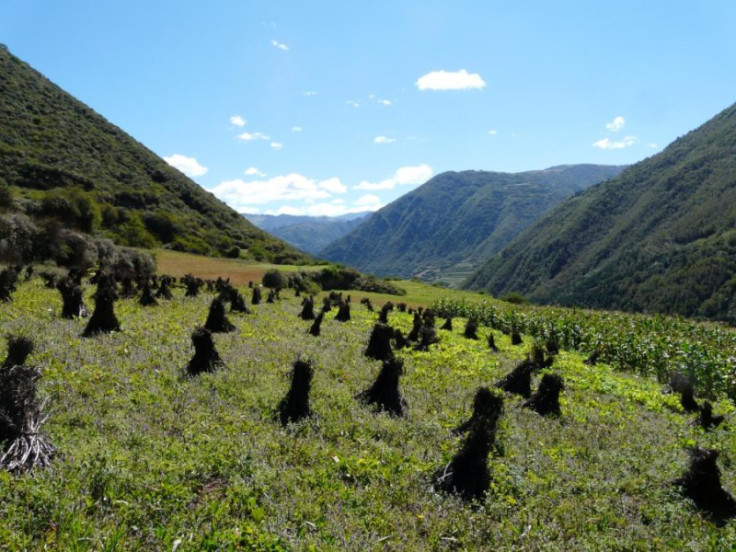Global cooling caused crops to die and ancient civilisation to collapse

A global cooling that occurred 4000 years ago disrupted the cultivation of the staple crop millet and caused the abrupt collapse of the civilisation on the fringes of the Tibetan Plateau, says a study.
The crop may see a comeback with the return of hot days in the region experiencing the fastest warming on the planet.
WSU archaeologist Jade D'Alpoim Guedes and team found that the cooling at the end of the warm Holocene Climatic Optimum, would have made it impossible to cultivate millet, the primary food source of the people who were forced to leave or abruptly change their lifestyles.
Millets flourish best under heat conditions, unlike wheat and barley that excel in high frost and low heat conditions.
Being ideally suited for the high altitudes and cold weather of eastern Tibet made wheat and barley an important facet of subsistence immediately after their introduction around 1700 BC, says Guedes.
Besides explaining what happened to the civilisation, the study helps explain the success of farmers who practised wheat and barley agriculture in the region 300 years after the onset of the cooling.
The region today is experiencing rapid warming with areas in the southeastern plateau recording temperature 6C higher than 200 years ago.
It has also seen the rapid melting of glaciers in the plateau.
Rapid temperature increase is making it difficult to grow cold weather crops, paving the way for a possible return of millets on the Tibetan Plateau as the climate warms up.
"Right now, these millets have almost become forgotten crops," Guedes said. "But due to their heat tolerance and high nutritional value, they may be once again be useful resources for a warmer future."
An abundance of ancient wheat and barley seeds found at Ashaonao, Haimenkou, and other archaeological sites in the Tibetan highlands suggested the crops rapidly replaced millet as the staple food source of the region during the second millennium BCE.
Initially, the findings were puzzling considering that the scientific consensus of the time was the region's climate would have actually favoured millet, due to its shorter growing season.
But a different approach used by agronomists to look at accumulated amount of heat plants need over their lifetime rather than the length of a growing season gave different answers.
The research recently was published online in the Proceedings Of The National Academy Of Sciences.
© Copyright IBTimes 2025. All rights reserved.





















